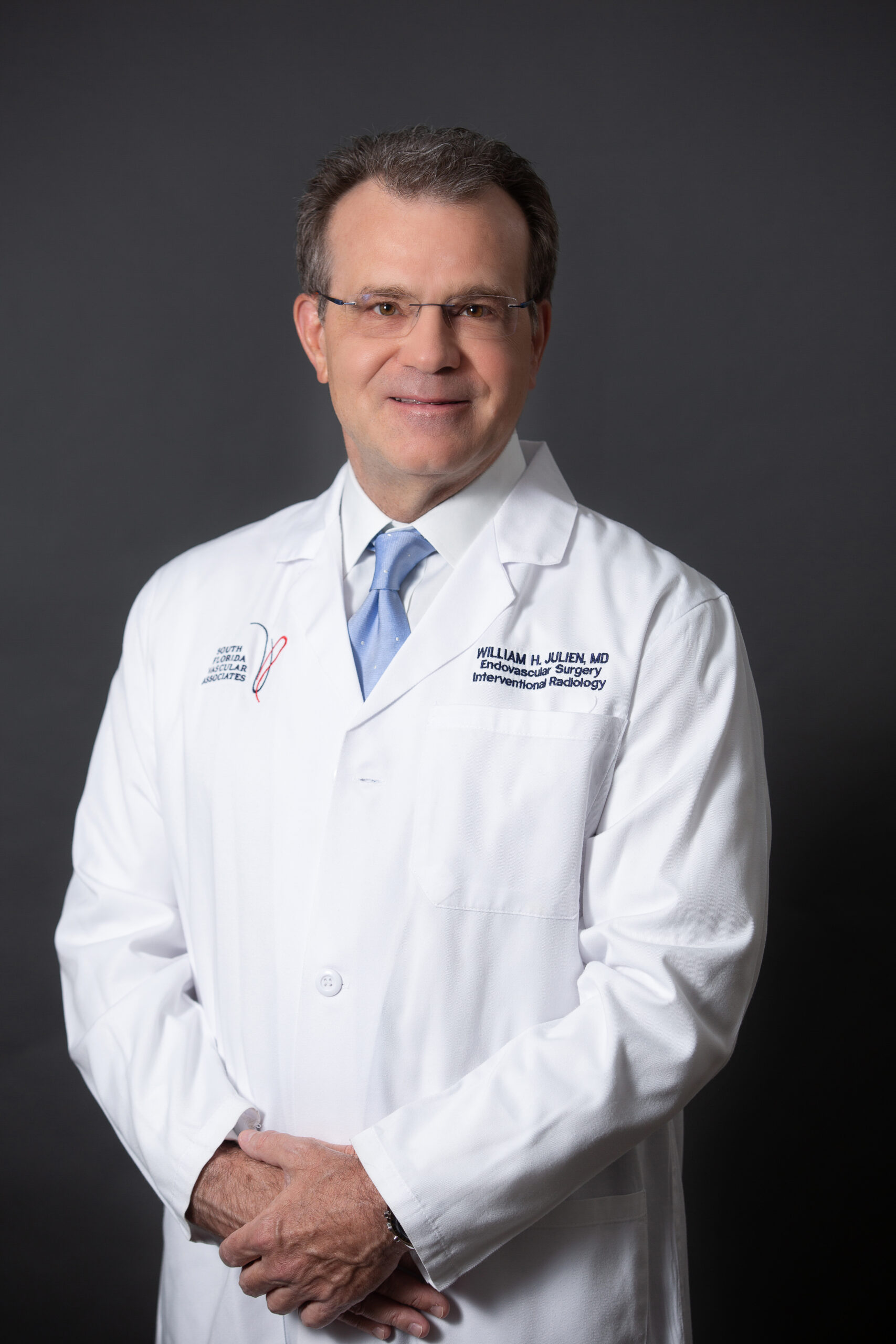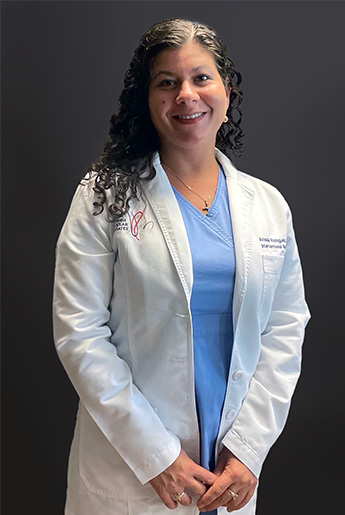Quick Links
Fibroid Surgery Facts You Should Know
Uterine fibroids are common non-cancerous tumors that grow in and around the uterus. Many women develop fibroids before age 50, experiencing mild to severe symptoms such as abdominal pain, heavy menstrual bleeding, and anemia. While some women manage symptoms through medication, others require treatment to remove or reduce fibroids.
Fibroid Surgery Options
Women typically consult their OB-GYN when symptoms become severe, and surgery is frequently suggested. The primary surgical options include:
Myomectomy: Removal of fibroids while preserving the uterus. Techniques vary based on fibroid size, location, and patient conditions:
- Hysteroscopic Myomectomy: Minimally invasive procedure removing fibroids within the uterus using a special tool inserted vaginally. Typically an outpatient procedure.
- Open Myomectomy: Invasive surgery involving a larger abdominal incision. Requires hospital stay (1-4 days) and recovery can last up to 3 months.
- Laparoscopic Myomectomy: Minimally invasive surgery with several small abdominal incisions using a laparoscope. Recovery is faster but may not remove all fibroids.
- Robotic Myomectomy: Similar to laparoscopic myomectomy but utilizes robotic technology for precision. Typically more costly.
Hysterectomy: Complete or partial removal of the uterus. Types include:
- Total Hysterectomy: Removal of entire uterus and cervix.
- Partial Hysterectomy: Removal of uterus only, cervix remains.
- Radical Hysterectomy: Typically performed for cancer cases, removing uterus, cervix, and upper vagina, possibly including lymph nodes and ovaries.
Recovery from hysterectomy ranges from 6 to 12 weeks and may have significant physical and emotional impacts.
Endometrial Ablation: Non-surgical treatment to alleviate heavy bleeding by destroying the uterine lining. Does not remove fibroids or preserve fertility.
Book Your Uterine Fibroid Embolization Appointment
Contact us today to schedule your appointment.
Contact UsRisks of Fibroid Removal Surgery
Surgery can involve risks such as infection, scarring, infertility, complications requiring additional procedures, bowel or urinary issues, and fibroid recurrence within 5 years post-myomectomy.
Alternative Non-Surgical Option: Uterine Fibroid Embolization (UFE)
South Florida Vascular Associates offers Uterine Fibroid Embolization (UFE), a safe, minimally invasive alternative to fibroid surgery. UFE provides:
- Outpatient office procedure with a brief recovery period of 3-7 days.
- Preservation of the uterus, enabling future pregnancies.
- No hospital stay, incisions, or stitches.
Performed by interventional radiologists, UFE is a highly effective treatment preserving women’s physical and mental health.
Providers
Explore Your Options at South Florida Vascular Associates
Before opting for surgery, consider UFE at South Florida Vascular Associates. Contact us to discuss how UFE can provide relief and preserve your health.







